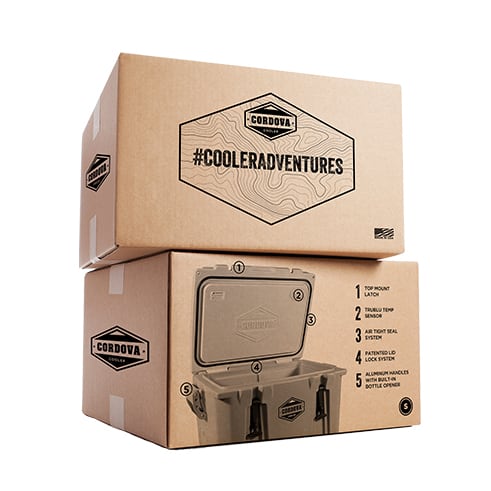In today’s hyper-connected world, digital media has emerged as a transformative force, revolutionizing the way we communicate, share information, and conduct business. From social media platforms to online advertisements, digital media encompasses a wide range of technologies and channels that have become an integral part of our daily lives.
Defining Digital Media
Digital media refers to any content or communication that is delivered and consumed through digital platforms. It encompasses various forms, including text, images, audio, and video, which are transmitted electronically. Digital media has opened up a myriad of possibilities for individuals, businesses, and organizations to engage with their target audience, promote their products or services, and build brand awareness. It provides an interactive and dynamic medium for sharing information, entertainment, and engaging experiences.
Understanding Digital Media Marketing
Digital media marketing, also known as online marketing or internet marketing, is the practice of using digital platforms and channels to promote products, services, or brands. It involves employing various strategies and tactics to reach and engage with the target audience, drive website traffic, generate leads, and ultimately, convert them into loyal customers. Digital media marketing encompasses several key components, including:
- Search Engine Optimization (SEO): Optimizing website content to improve visibility and organic search rankings.
- Social Media Marketing: Utilizing social media platforms like Facebook, Instagram, Twitter, and LinkedIn to engage with the audience, share content, and build a community.
- Content Marketing: Creating and distributing valuable and relevant content, such as blog posts, articles, videos, and infographics, to attract and retain a target audience.
- Pay-per-Click (PPC) Advertising: Running paid advertising campaigns on search engines or social media platforms to drive targeted traffic to a website.
- Email Marketing: Utilizing email newsletters and campaigns to nurture leads, build customer relationships, and drive conversions.
Examples of Digital Media Marketing
To better understand the practical applications of digital media marketing, let’s explore a few examples:
- Nike’s Social Media Campaign: Nike leverages various social media platforms to create engaging content, share inspiring stories, and encourage user-generated content. Their campaigns resonate with their target audience, promoting brand loyalty and generating significant buzz.
- Coca-Cola’s Content Marketing: Coca-Cola’s “Share a Coke” campaign involved printing popular names on their product labels. This personalization strategy encouraged consumers to share their unique experiences and engage with the brand across social media platforms.
- HubSpot’s Inbound Marketing: HubSpot provides valuable content through blog articles, eBooks, and webinars, positioning themselves as thought leaders in the marketing industry. This content attracts and educates potential customers, nurturing them throughout the buyer’s journey.
The Benefits of a Marketing Agency
Partnering with a marketing agency offers numerous advantages when it comes to leveraging digital media marketing effectively:
- Expertise and Knowledge: Marketing agencies employ professionals with expertise in various aspects of digital media marketing, including strategy development, content creation, and data analysis. Their experience allows them to devise tailored strategies that align with your business goals.
- Time and Resource Efficiency: Outsourcing your digital media marketing efforts to an agency frees up your internal resources, allowing your team to focus on core competencies and strategic initiatives.
- Access to Advanced Tools and Technologies: Marketing agencies have access to cutting-edge marketing tools and technologies that can enhance your campaigns, track performance, and provide valuable insights.
- Scalability and Flexibility: A marketing agency can adapt to the changing needs of your business, scaling campaigns up or down as required. They can also quickly respond to market trends and incorporate new strategies or channels into your marketing mix.
Digital media has transformed the way we communicate and conduct business. With the vast array of digital media marketing strategies available, businesses can effectively reach their target audience, build brand awareness, and drive conversions. However, navigating the ever-evolving digital landscape can be challenging. This is where marketing agencies come in, providing expertise, resources, and scalability to help businesses harness the power of digital media marketing and achieve their marketing goals. By partnering with a marketing agency, businesses can unlock new possibilities and stay ahead in an increasingly competitive digital world.
If you’re looking for a digital marketing partner, contact us today! Commit Agency is a full-service advertising agency located in the Phoenix, Ariz., metro area that believes thoughtfully designed consumer interactions informed by a well-defined brand create moments worth remembering and sharing.




























